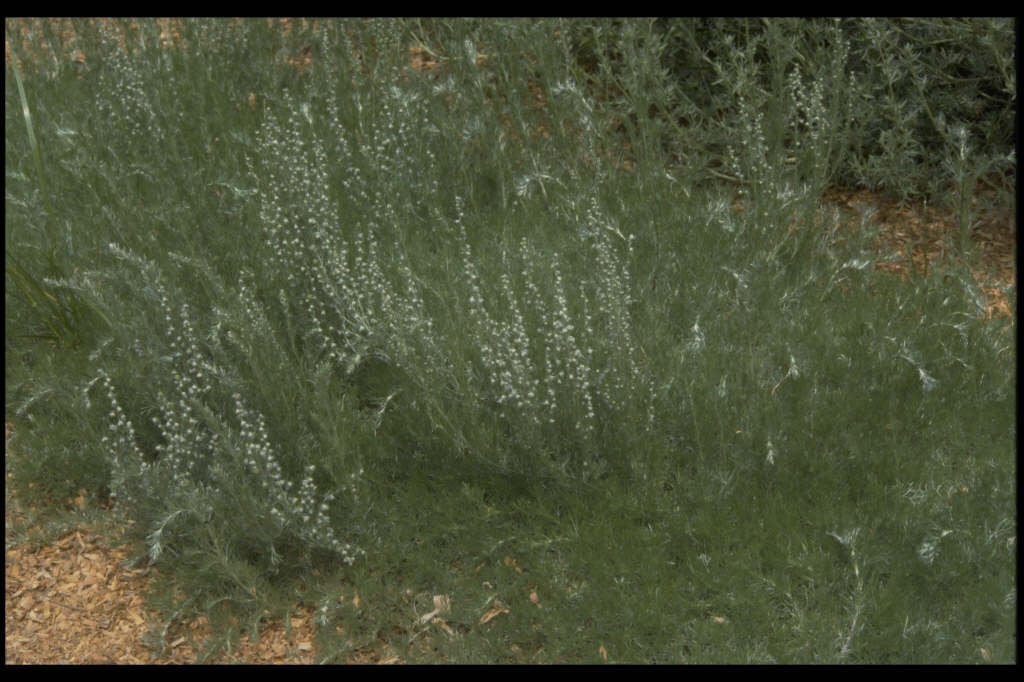Artemisia frigida
Arctic sage
A tufted perennial to 30cm, woody at the base, with semi-evergreen, silky, light grey leaves divided into thread-like lobes and small yellow flower-heads in panicles

Buy this plant
Size
Ultimate height
0.1–0.5 metresTime to ultimate height
2–5 yearsUltimate spread
0.1–0.5 metresGrowing conditions
Moisture
Well–drainedpH
Acid, Alkaline, NeutralColour & scent
| Stem | Flower | Foliage | Fruit | |
| Spring | Grey Silver | |||
|---|---|---|---|---|
| Summer | Yellow | Grey Silver | ||
| Autumn | Grey Silver | |||
| Winter | Grey Silver |
Position
- Full sun
Aspect
West–facing or South–facing
Exposure
Exposed or Sheltered Hardiness
H5Botanical details
- Family
- Asteraceae
- Native to GB / Ireland
- No
- Foliage
- Semi evergreen
- Habit
- Bushy
- Genus
Artemisia can be shrubs, perennials or annuals, evergreen or deciduous, with usually grey, aromatic, often divided foliage and rather insignificant flower-heads
- Name status
Correct
How to grow
Cultivation
Grow in fertile well-drained soil in sun. Can die back in heavy, poorly-drained soil
Propagation
Propagate by seed, or by taking softwood, greenwood or semi-ripe cuttings using a free-draining, peat-free compost
Suggested planting locations and garden types
- City and courtyard gardens
- Cottage and informal garden
- Gravel garden
- Rock garden
- Coastal
- Patio and container plants
- Flower borders and beds
- Garden edging
Pruning
Remove any dead stems and shoots in spring
Pests
Generally pest-free
Diseases
May be susceptible to honey fungus
Get involved
The Royal Horticultural Society is the UK’s leading gardening charity. We aim to enrich everyone’s life through plants, and make the UK a greener and more beautiful place.